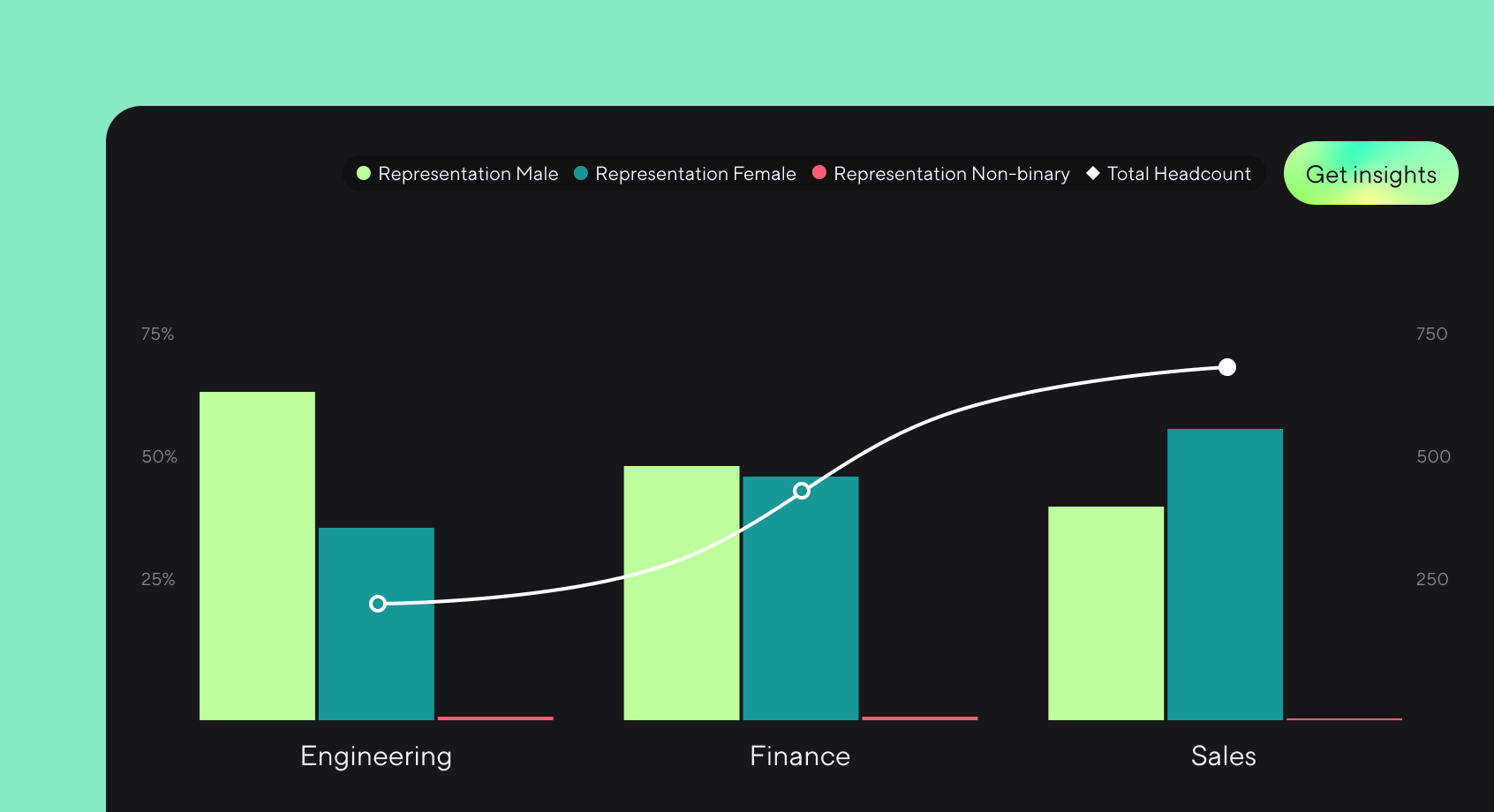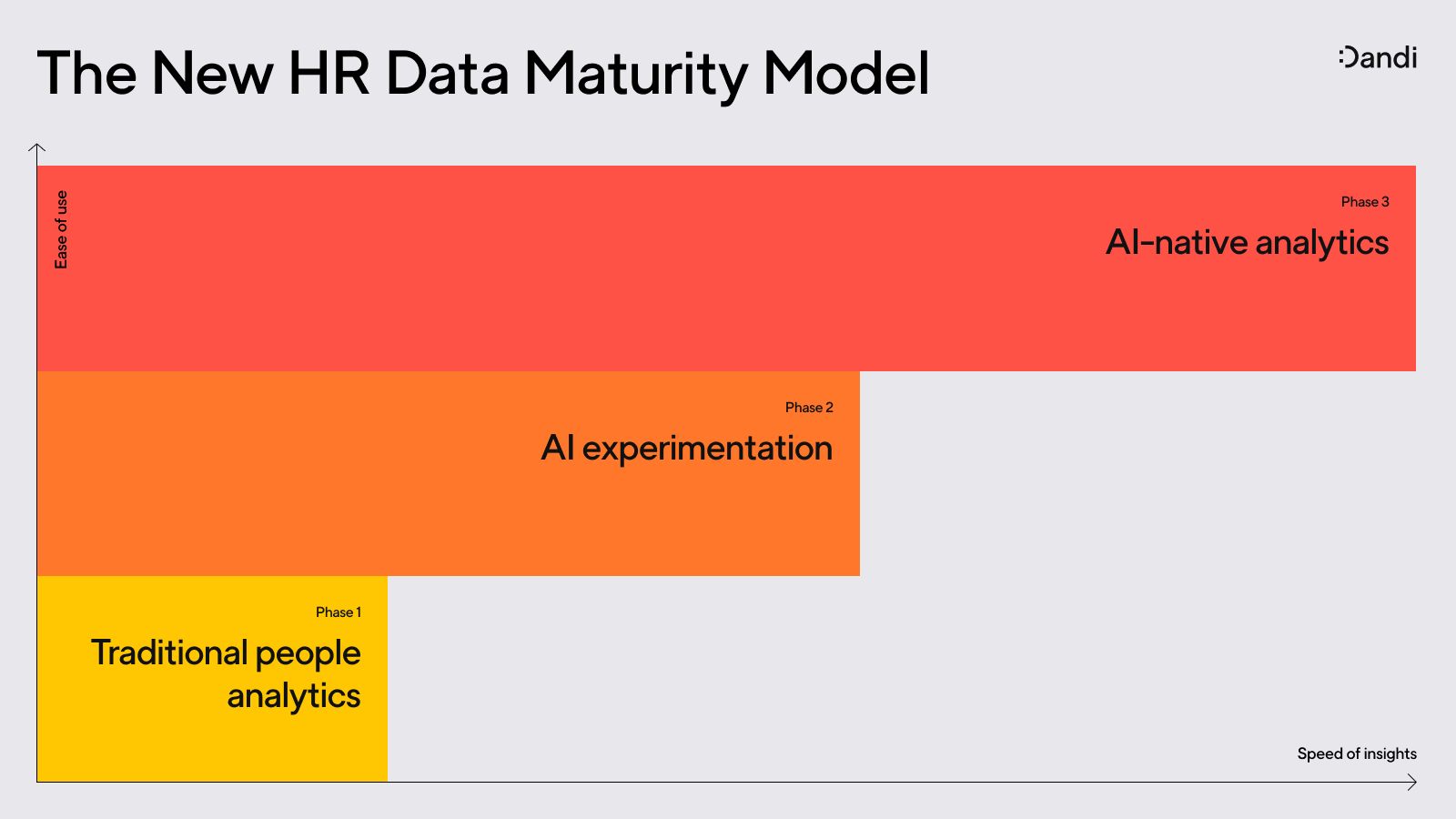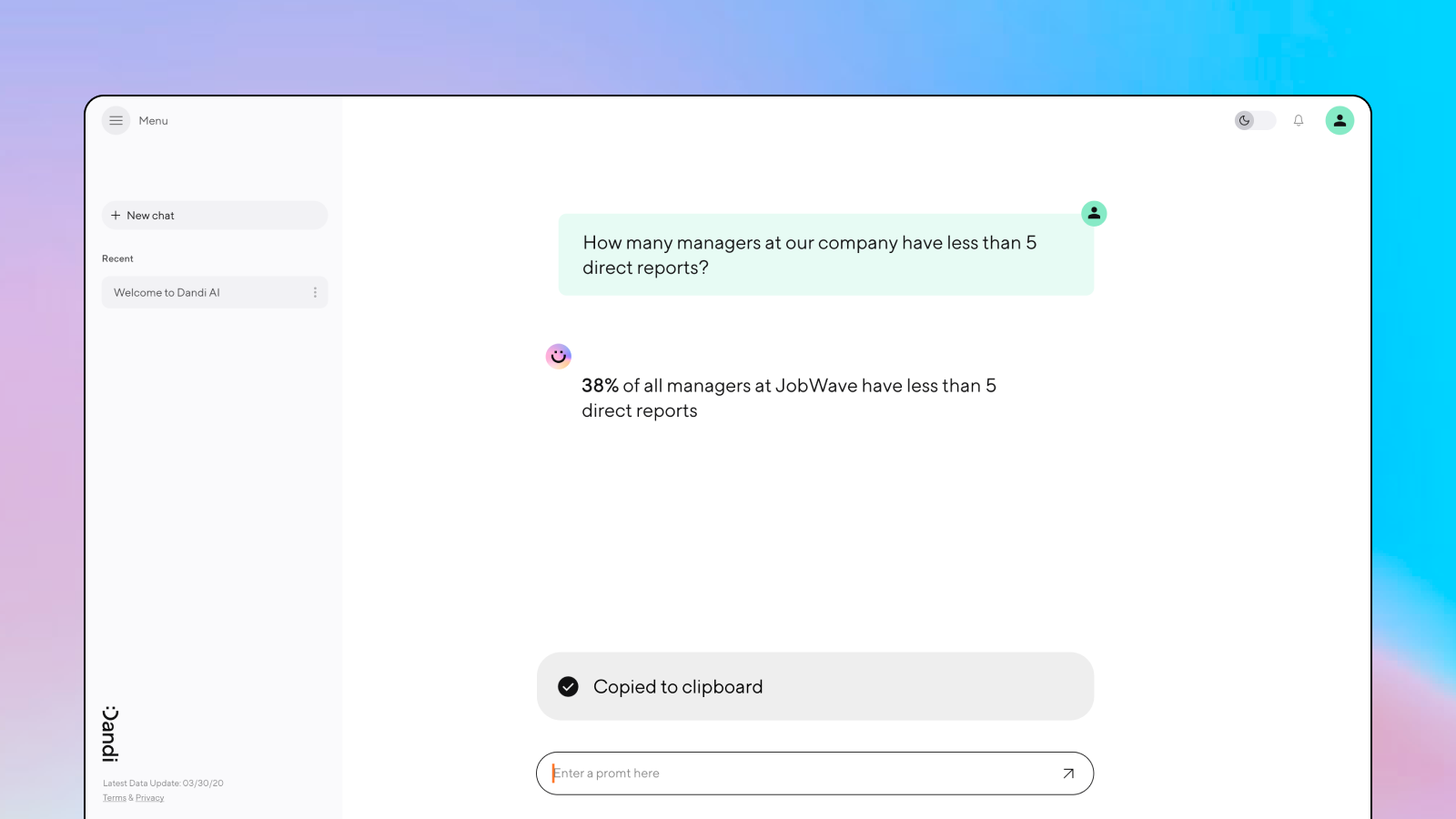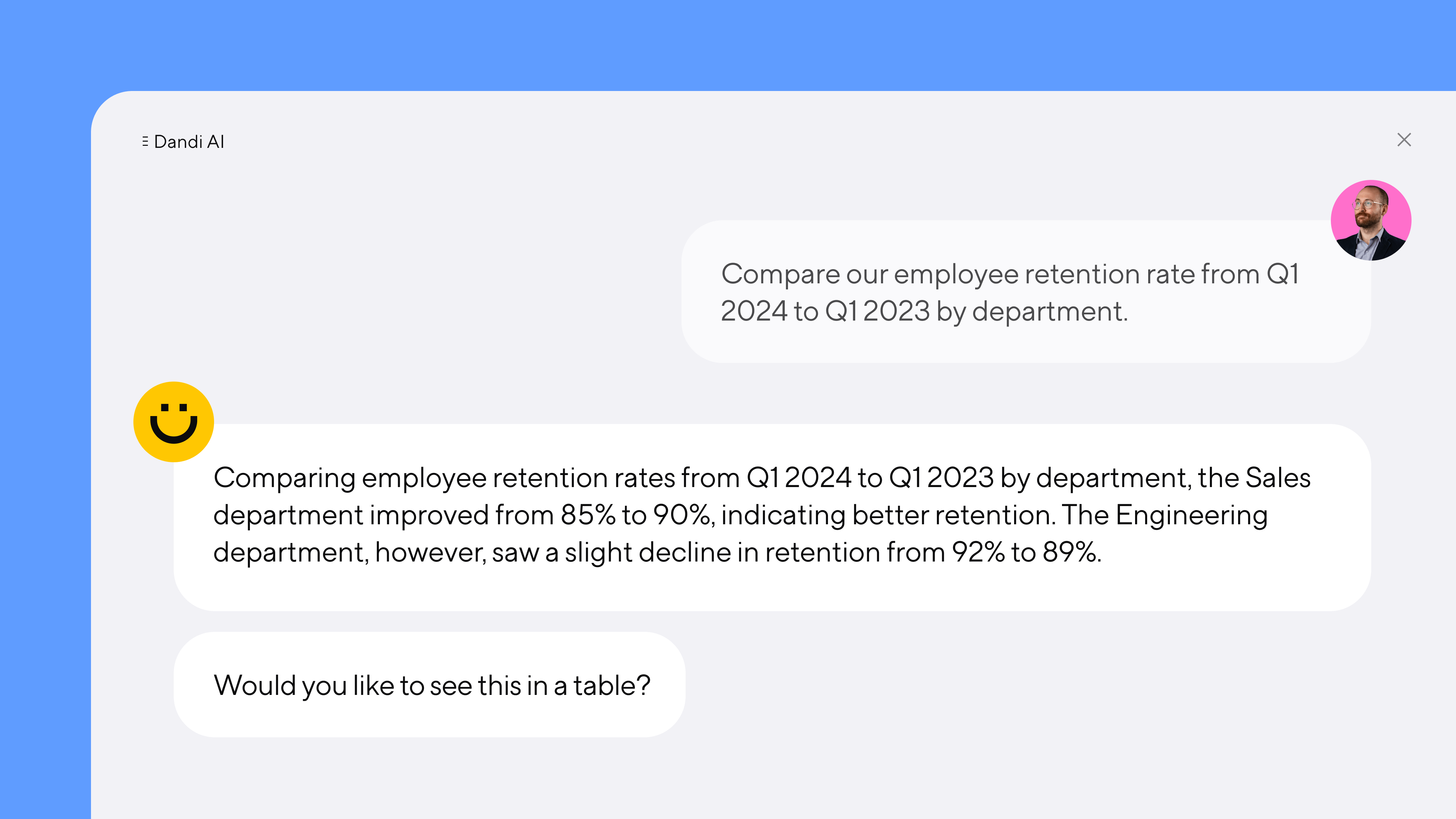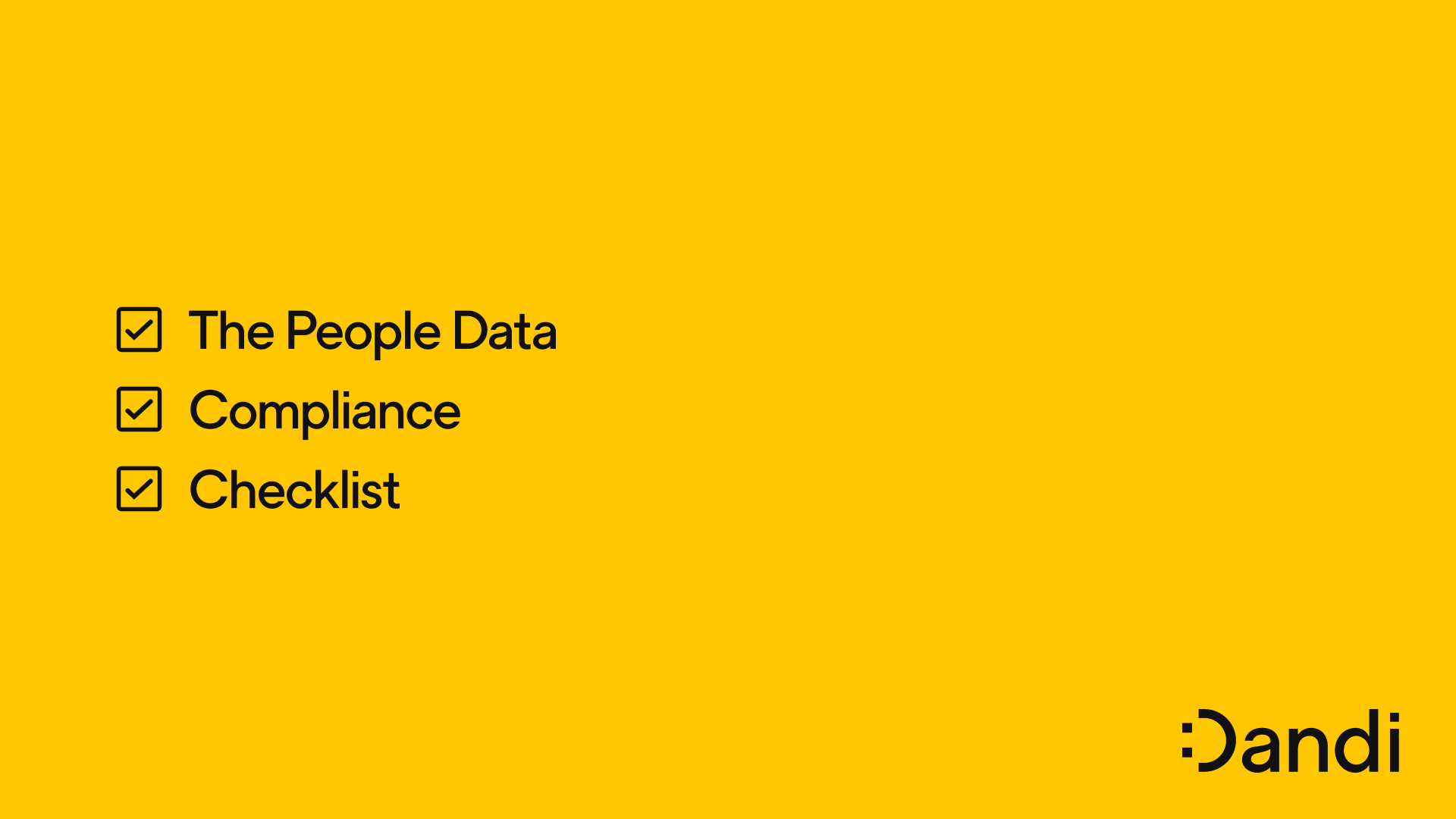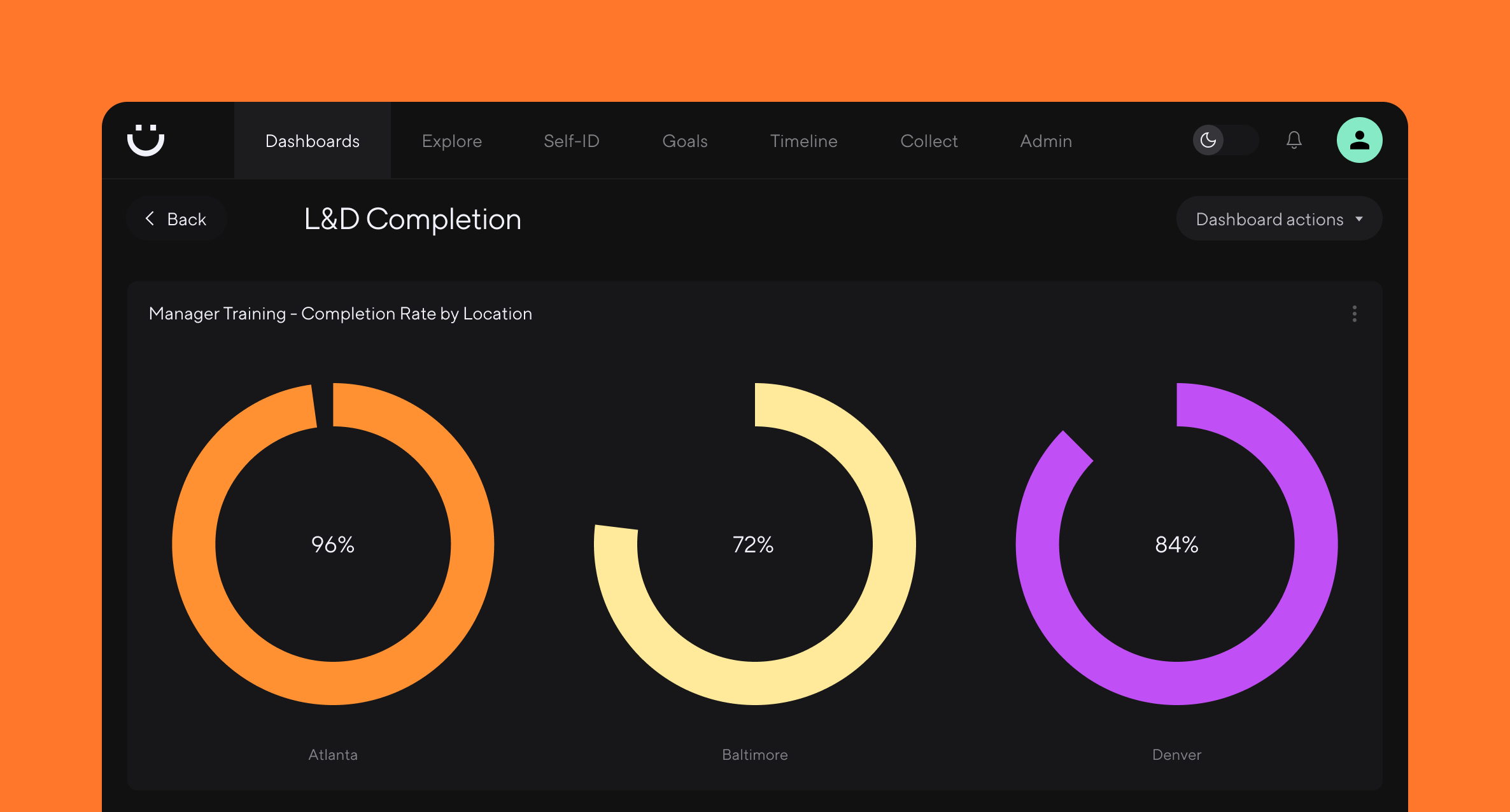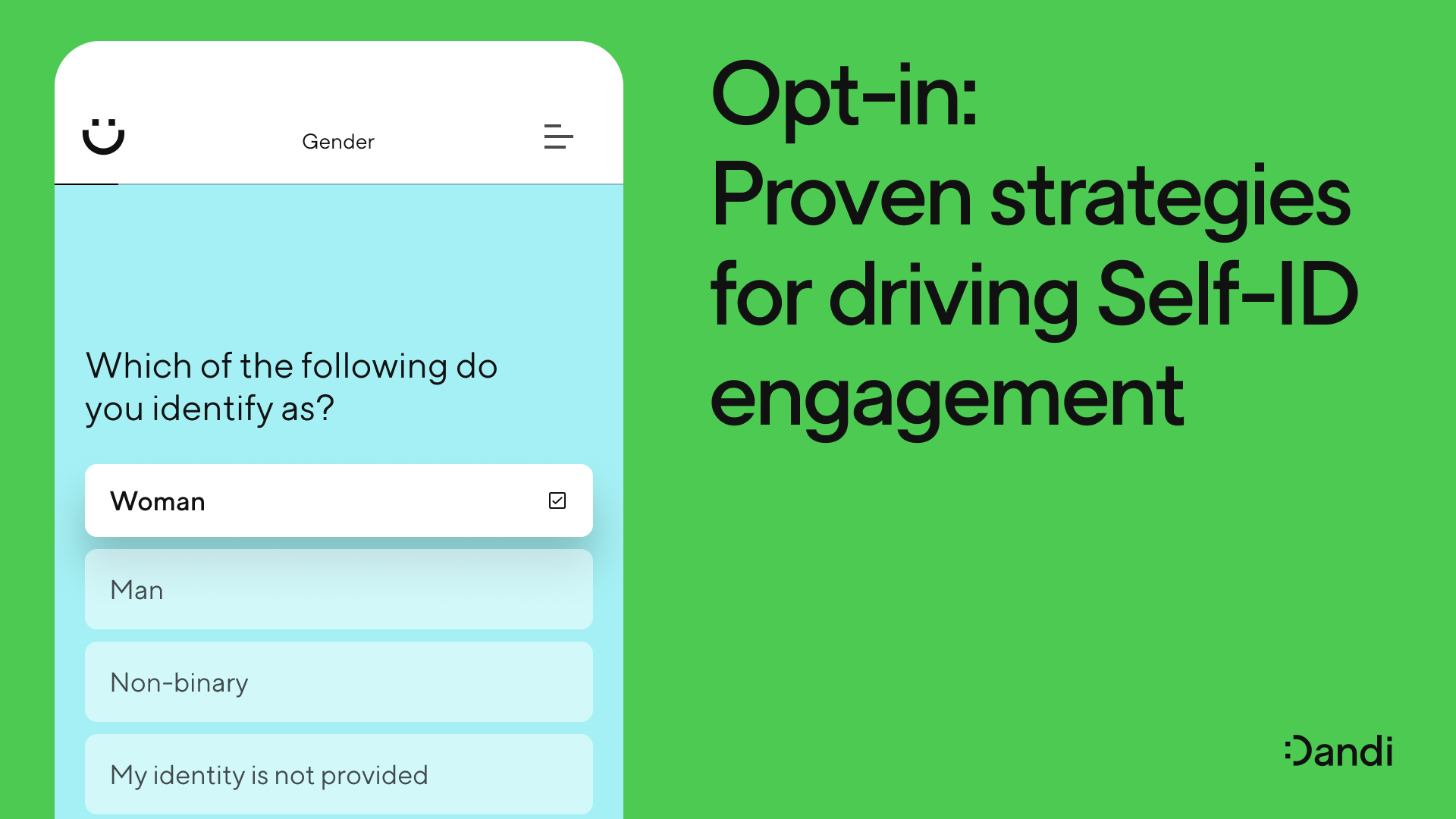Want to measure your DEI efforts? Start with these 4 steps.
Hallie Bregman, PhD – Dec 7th, 2022
DEI is hard no matter what. But lack of measurement makes it much, much harder. Learn how you can start measuring your DEI efforts—the right way.
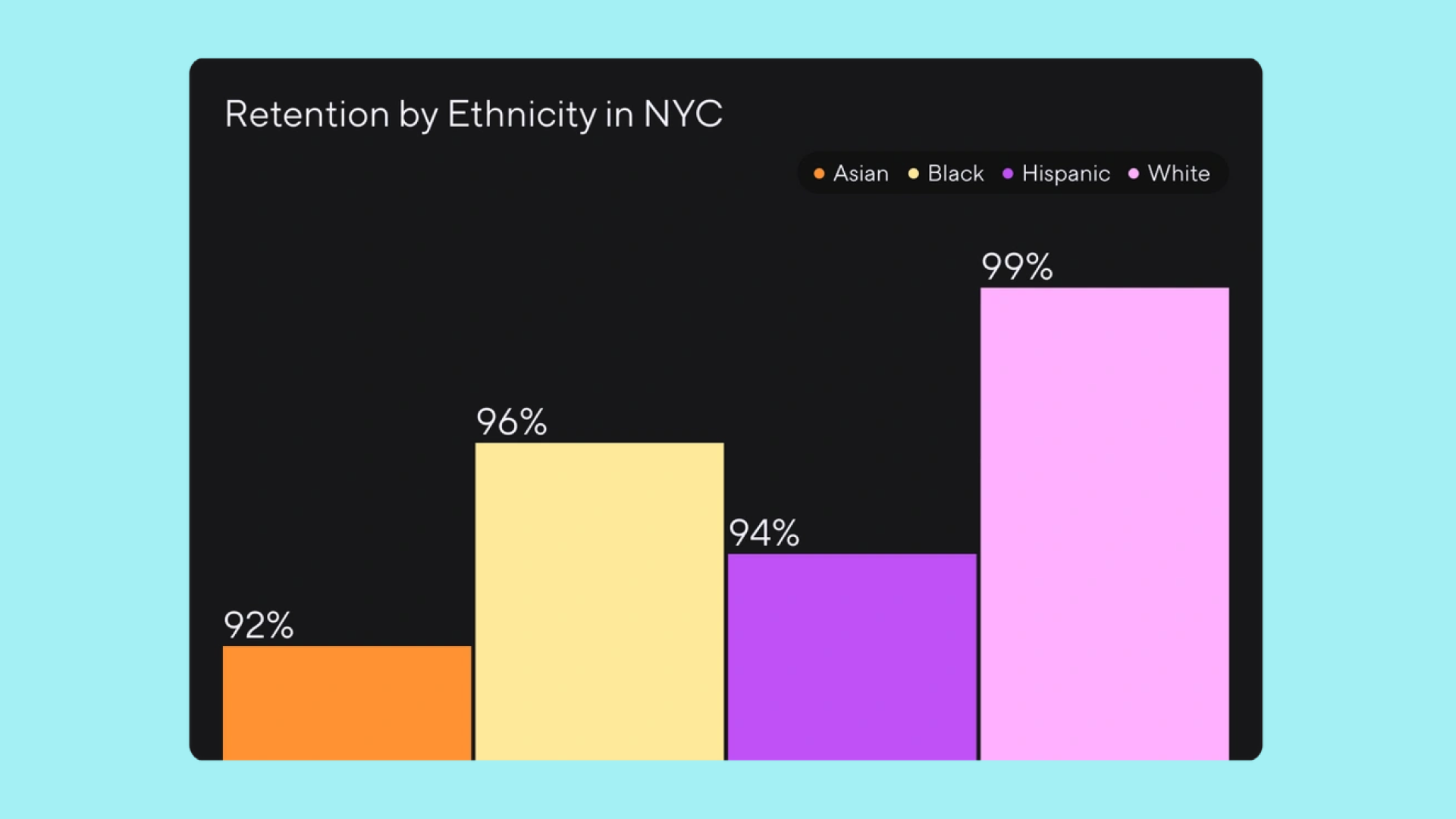
Data-driven insights can help DEI teams more accurately address problems, and create more targeted solutions.
In my last post, I explained why every business needs a DEI measurement strategy. It's something I believe strongly.
It's essential to start measuring. But, you can't just start hunting for data and hope to see results to see results right away. If you're at the beginning of your DEI measurement efforts, you should start by answering some important questions.
First, what exactly is “it” that you are trying to measure? This can be hard to articulate.
Ultimately, “it” is a goal, an objective, an outcome. It must be something tangible, quantifiable, and describable. It can’t be too vague; for instance, achieving world peace, because what is world peace anyway? How do you define it?
It can’t be too broad; let’s improve DEI for everything! “Everything” is an awfully large goal. It must be specific, detailed, and directive. Achieving pay equity, for instance, is a targeted, measurable, goal.
Measurement goals must be specific, detailed, and directive.
In fact, setting the goal can often be the hardest part of this work.
In the DEI space, we often feel we must change the world overnight. We must improve representation and hiring practices, make employees feel seen and heard, bring equity to all aspects of the employee experience, appeal to prospective employees with an inclusive brand, allow employees to bring their whole selves to work, and more. I’m tired just thinking about it!
Of course, these are all important long-term goals. Yet, to demonstrate progress, we must set micro-goals along the way. Where do we start? How do we take a big, hairy, audacious goal and turn it into something achievable?
One step at a time.
Step 1: Get specific about success
A wise manager once drew me a decision tree, and I was in awe. At the top sat profit, which split into cost and revenue. Under revenue sat products and customers, and under customers sat new and repeat customers. I could go on, but you get the picture. It so eloquently visualized the route to the top is by achieving goals along the way.
If we apply the same technique to DEI, it becomes clear that we must start all the way downstream to start to make change before the top line will ever reflect it.
As an example, many organizations focus on supporting a network of Employee Resource Groups (ERGs). The goal of these ERGs is typically to improve the experience of employees associated with these groups. This is a named goal, with the aspiration of impacting many upstream outcomes with this mechanism. So often, when asked to describe the impact of ERGs on the organization, leaders count. Well, we have 10 ERGs, so we must be doing something right. Right?
This is where more specificity is critical. The goal is to improve the experience of employees; how do you define experience? Is experience having events to attend? Is experience staying longer at the organization? Is experience having more cross-functional connections? It’s time to get granular. Of course, it’s possible to impact more than one outcome, but specifying a primary objective is key. What is the needle you intend to move the most?
This is a remarkably hard question to answer. “But I want to move all the needles!”
Yes, but with your programmatic intervention, in this case ERGs, what do you hypothesize will change the most? I’d expect more connections as a primary outcome, with secondary outcomes of longer tenure, higher promotion rates, and greater satisfaction. It takes great thought to get to this place, answering a lot of second-order questions.
Step 2: Define what, and how, you’ll measure
You’ve stated what success looks like: in this case, increasing employee connections formed through ERG’s and, secondarily, boosting employee tenure, promotion rates, and satisfaction.
Then comes the question of how to actually measure connections. There is simple measurement: how many people do you email within a week? There is subjective measurement: how many people do you feel connected to in this organization? There’s complex measurement: what is the strength, frequency, and nature of interactions as assessed by organizational network analysis. None of these methods are wrong; it simply depends on how you define connection.
Simple measurement is a good place to start. It is easily defined, and often available as a metric with no additional lift. For instance, tenure is already calculated in your Human Capital Management (HCM) systems of record. You can obtain access to this metric and associated reports by partnering with the team that maintains the software.
Alternatively, subjective measurement is based on a person’s perception. It is not factual information, but rather a qualitative sense of how one feels about something. For instance, do you feel like you belong in your organization? This is based on a feeling, not an objective assessment. The whole point is to move the needle on the feeling; it’s a different target than something more factual.
There's no need to try and measure everything all at once.
There are some dynamics that cannot be measured without more sophisticated techniques.
For instance, natural language processing could be highly valuable in quantifying how often biased language is used in a piece of written text. AI might be used to evaluate facial expression during virtual meetings. There are many amazing technological advances that can provide deep insight into mechanisms that were previously unmeasurable.
While complex measurement has its place, you should be careful not to over-complicate the outcome. Without fail, I always recommend simple measurement when developing a new strategy; over time, you can add more signals using other measurement methods. There’s no need to boil the ocean on day 1.
Step 3: Collect the data
I’ll admit that I think the easiest part is collecting the data; this is operational compared to strategic work of identifying business goals.
In some organizations and for some metrics, there is data at-the-ready. It only requires extraction to generate reports that can be used to make inferences. Other organizations and metrics require starting from scratch. Identifying the methodology for data collection (Is it a survey? A new field in your HRIS? A new technology needed in order to capture it?). These avenues often involve partnership with IT or Operations teams, management of systems and system architecture, and budget. Needless to say, it can take some time.
Still, don’t get defeated or impatient. If you must, use proxy measures in the interim; what can you collect quickly and easily? What is already available?
Still, defining the process to capture new pieces of information is valuable. It becomes repeatable if done well. If nothing else, it emphasizes the importance and intentionality of starting with a measurement strategy, identifying key metrics of interest, and putting a plan in place to capture them. Ad hoc, this work is less structured, less efficient, and less strategic.
Step 4: Measure. Learn. Repeat.
To recap:
- Your DEI measurement strategy should be aspirational, and must be broken into well-defined micro-goals
- Each micro-goal must have a primary outcome of impact, which can then be measured
- Measurement must be selected based on the definition of the outcome, and then data must be collected
- Once collected, analysis is conducted to assess the current state of the outcome
Perhaps the most important step actually comes next: learning. Analysis always offers insights, and insights continuously teach us how to improve.
Those insights influence our strategy and help us develop new goals. Those goals must then be defined and measured and analyzed, and then learning re-occurs. It’s an iterative and never-ending cycle:
Strategy → Goals → Measurement -> Analysis -> Learning -> Strategy
Ready to start measuring DEI? Learn how Dandi unlocks essential insights across the employee lifecycle.
More from the blog
Announcing more powerful Dandi data visualizations
Team Dandi - Oct 23rd, 2024
The New Maturity Model for HR Data
Catherine Tansey - Sep 5th, 2024
Buyer’s Guide: AI for HR Data
Catherine Tansey - Jul 24th, 2024
Powerful people insights, 3X faster
Team Dandi - Jun 18th, 2024
Dandi Insights: In-Person vs. Remote
Catherine Tansey - Jun 10th, 2024
Introducing Dandi AI for HR Data
Team Dandi - May 22nd, 2024
5 essential talent and development dashboards
Catherine Tansey - May 1st, 2024
The people data compliance checklist
Catherine Tansey - Apr 17th, 2024
5 essential EX dashboards
Catherine Tansey - Apr 10th, 2024
Proven strategies for boosting engagement in self-ID campaigns
Catherine Tansey - Mar 27th, 2024
